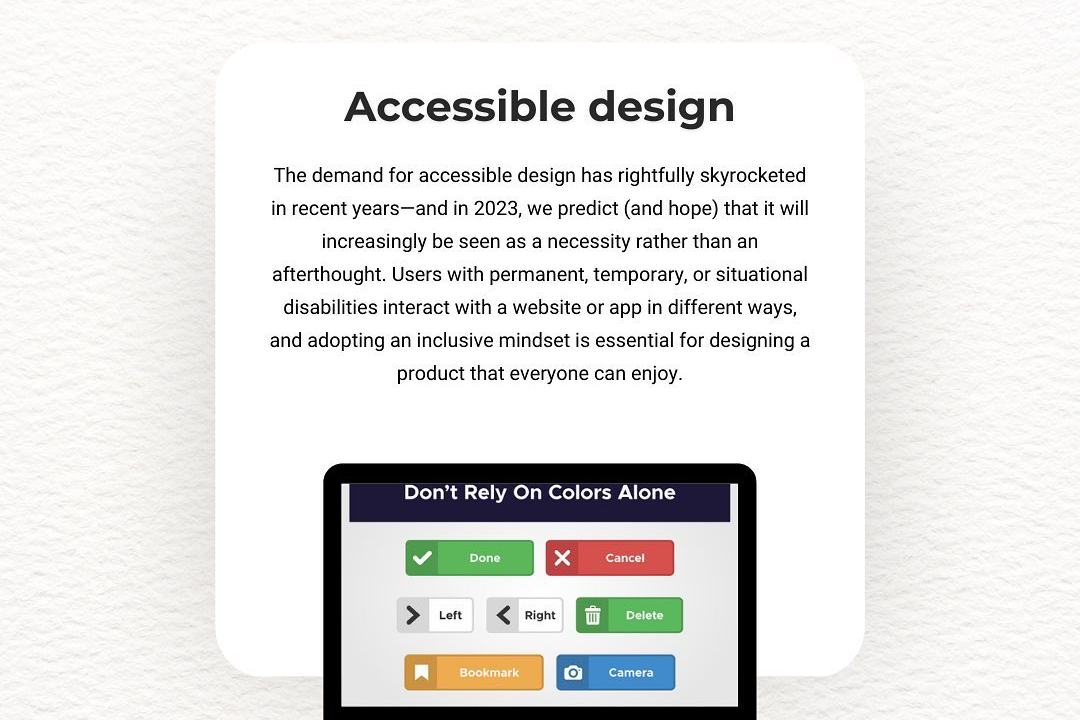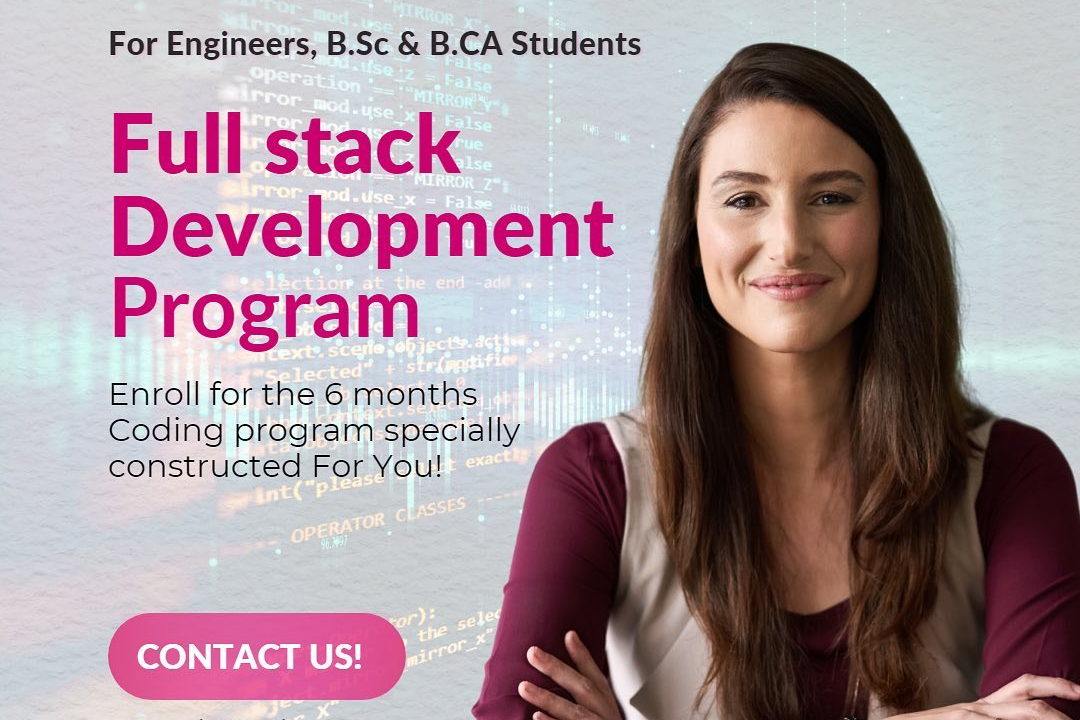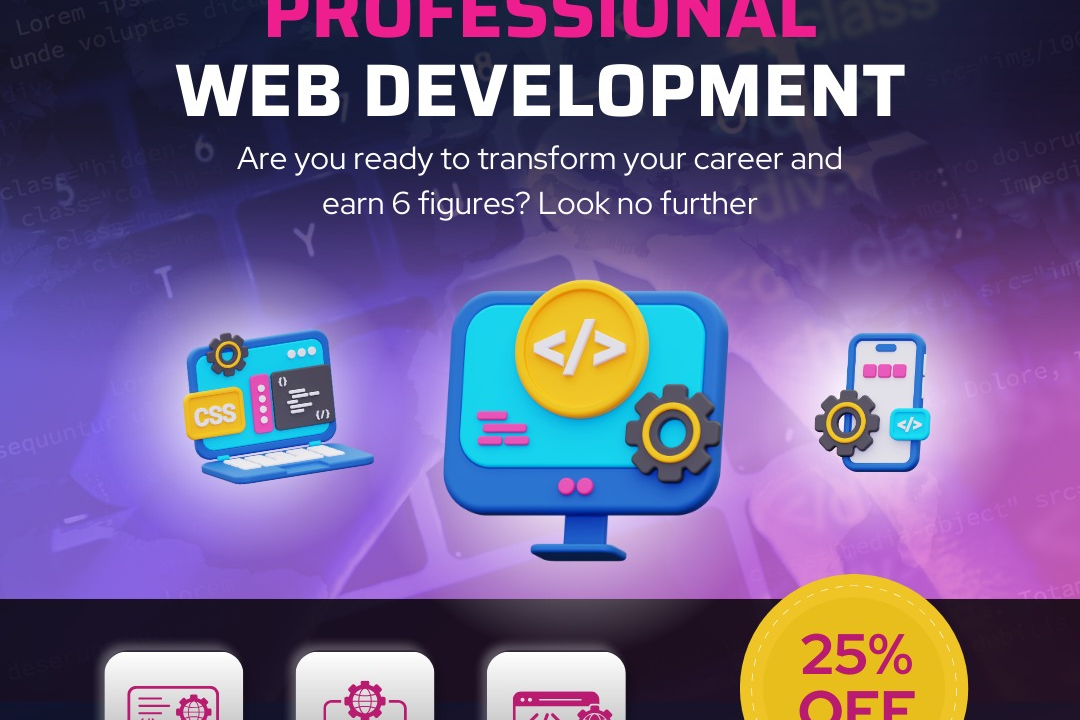React Js Experienced Interview Questions
React JS Advanced Interview Questions for Experienced Candidates
React Js Experienced Interview Questions
React is a JavaScript library for building user interfaces, and it's become increasingly popular in recent years due to its declarative and component-based architecture. As a result, React-experienced candidates are in high demand, and interviewers are looking for individuals who can demonstrate a deep understanding of the library's concepts and best practices. Typical interview questions will cover topics such as React's component lifecycle, state management, performance optimization, and the use of hooks. By preparing for these questions, candidates can showcase their technical proficiency and increase their chances of landing a React-related role.
To Download Our Brochure: https://www.justacademy.co/download-brochure-for-free
Message us for more information: +91 9987184296
1 - Explain the concept of a React component.
Answer: React components are reusable UI elements that define a specific portion of a user interface. They are self contained and encapsulated, making them easier to manage and maintain.
2) Describe the Virtual DOM and its benefits.
Answer: The Virtual DOM is an in memory representation of the actual DOM. Changes to the state of a React component trigger an update to the Virtual DOM, which efficiently calculates the minimal changes necessary to synchronize with the actual DOM. This approach enhances performance and reduces the risk of inconsistencies.
3) Explain the role of props and state in React components.
Answer: Props (properties) are immutable external inputs passed to a React component. They define the data and behavior that a component receives from its parent. State, on the other hand, is mutable internal data managed by a component. It determines the component's behavior and appearance, and can be updated using functions such as `setState`.
4) Discuss the principles of unidirectional data flow in React.
Answer: React follows a unidirectional data flow model, where data flows down the component hierarchy from parent to child. This simplifies state management and prevents accidental mutations.
5) Explain the lifecycle methods of a React component.
Answer: React components have several predefined lifecycle methods, such as `componentDidMount`, `componentDidUpdate`, and `componentWillUnmount`. These methods are executed at specific stages of a component's lifecycle, allowing developers to perform specific actions at those points.
6) Describe the techniques for managing state in React.
Answer: React offers several approaches for state management, including the built in state management system, external state management libraries such as Redux, and the Context API.
7) Explain the purpose of the `render` method in a React component.
Answer: The `render` method is responsible for returning the JSX (JavaScript XML) that represents the UI for a React component. It is the primary way to display data and interact with the user.
8) Discuss the advantages of using React Hooks.
Answer: React Hooks provide a functional approach to managing state and side effects in React components. They simplify state management, reduce boilerplate code, and enhance readability.
9) Explain the role of React Router in a React application.
Answer: React Router is a library for managing navigation and routing in React applications. It allows developers to define routes and specify how to render different components based on the current URL.
10) Describe the techniques for optimizing performance in React applications.
Answer: Common performance optimization techniques in React include using the Virtual DOM, memoization, component caching, and lazy loading.
11 - Explain the concept of server side rendering in React.
Answer: Server side rendering (SSR) executes React components on the server before sending the rendered HTML to the client. This approach improves initial page load performance, especially for complex applications.
12) Discuss the benefits of using React Native for mobile development.
Answer: React Native allows developers to build native mobile applications using React. It provides a cross platform solution, simplifies the development process, and offers access to native features.
13) Explain the role of Redux in React applications.
Answer: Redux is an external state management library that centralizes the application state and provides mechanisms for managing it effectively. It promotes unidirectional data flow and predictability in state updates.
14) Describe the techniques for testing React components.
Answer: Unit testing, integration testing, and end to end testing are common techniques used to test React components. Jest and Enzyme are popular testing frameworks for React.
15) Discuss the importance of accessibility in React applications.
Answer: Accessibility ensures that React applications are accessible to users with disabilities. Techniques such as using ARIA attributes, providing proper alt text for images, and keyboard navigation support should be considered.
Join Contests and Promotions
- Participate in contests, giveaways, and challenges organized by brands and influencers.
- * Follow the contest rules carefully and submit high quality entries.
- Create Valuable Content
- * Share original, engaging content that provides value to your audience.
- * Use high quality images, videos, and infographics to make your content more visually appealing.
- * Create content that is relevant to your niche and resonates with your target audience.
- Collaborate with Others
- * Reach out to other creators in your industry and collaborate on projects.
- * Promote each other's content, host joint webinars, and create guest posts.
- * Leverage the combined networks of your collaborators to reach a wider audience.
- Engage with Your Audience
- * Respond to comments, messages, and emails promptly.
- * Ask questions, run polls, and encourage discussions to engage your audience.
- * Show your appreciation for your followers by hosting giveaways and offering exclusive content.
- Use Hashtags and Keywords
- * Research relevant hashtags and keywords that your target audience is using.
- * Use these hashtags and keywords in your content to increase its visibility.
- * Track the performance of your hashtags to identify which ones are most effective.
- Optimize Your Profile
- * Create a compelling profile that showcases your expertise and interests.
- * Use a clear and concise bio that highlights your value proposition.
- * Include a high quality profile picture and cover photo.
- Leverage Analytics
- * Track your content performance using analytics tools.
- * Identify what types of content resonate best with your audience and adjust your strategy accordingly.
- * Use data to inform your decisions and improve your engagement metrics.
- Network at Events
- * Attend industry events and conferences to connect with potential collaborators and followers.
- * Share your insights and knowledge to establish yourself as an expert in your field.
- * Offer to speak at events to gain exposure and build your reputation.
- Stay Consistent
- * Post regularly to keep your audience engaged.
- * Establish a content calendar and stick to it as much as possible.
- * Don't give up easily, building a loyal following takes time and effort.
- Course Overview
- React JS Experienced Interview Questions course delves into advanced interview scenarios to prepare you for real-world job interviews. It covers complex React concepts, performance optimizations, debugging, Redux integration, hooks implementation, and industry best practices to equip you with the skills and confidence to excel in your job search.
- Course Description
- Master the advanced concepts and techniques required to excel in technical interviews for React.js roles. This course provides comprehensive coverage of complex interview questions, focusing on real-world scenarios, design patterns, performance optimization, testing, and debugging strategies.
- Key Features
- 1 - Comprehensive Tool Coverage: Provides hands-on training with a range of industry-standard testing tools, including Selenium, JIRA, LoadRunner, and TestRail.
- 2) Practical Exercises: Features real-world exercises and case studies to apply tools in various testing scenarios.
- 3) Interactive Learning: Includes interactive sessions with industry experts for personalized feedback and guidance.
- 4) Detailed Tutorials: Offers extensive tutorials and documentation on tool functionalities and best practices.
- 5) Advanced Techniques: Covers both fundamental and advanced techniques for using testing tools effectively.
- 6) Data Visualization: Integrates tools for visualizing test metrics and results, enhancing data interpretation and decision-making.
- 7) Tool Integration: Teaches how to integrate testing tools into the software development lifecycle for streamlined workflows.
- 8) Project-Based Learning: Focuses on project-based learning to build practical skills and create a portfolio of completed tasks.
- 9) Career Support: Provides resources and support for applying learned skills to real-world job scenarios, including resume building and interview preparation.
- 10) Up-to-Date Content: Ensures that course materials reflect the latest industry standards and tool updates.
Benefits of taking our course
Functional Tools
1 - React.js: A popular JavaScript library for building user interfaces, offering a performant, declarative approach to UI development.
2) Redux: A state management library for JavaScript applications, enabling the creation of a single, global store for application state, ensuring consistency and ease of state updates.
3) Jest: A popular testing framework for React.js applications, providing a comprehensive suite of tools for writing unit tests and ensuring code quality.
4) Enzyme: A testing utility library for React.js, offering a wide range of functions for interacting with and manipulating React components for testing purposes.
5) GraphQL: A query language for data retrieval, allowing for the efficient and flexible fetching of data from various sources, including databases and APIs.
6) TypeScript: A superset of JavaScript that adds type checking capabilities, enhancing code maintainability, reliability, and development speed by ensuring type safety.
1. Understand the Topic Thoroughly:
- Read and research the material thoroughly to gain a deep understanding of the concepts.
- * Identify key points, definitions, and relationships between different elements.
- 2. Practice and Revise:
- * Engage in regular practice exercises, such as quizzes, mock exams, or problem solving tasks.
- * Review the material frequently to reinforce your understanding and identify areas that need improvement.
- 3. Focus on Application:
- * Try to apply your knowledge to real life situations or hypothetical scenarios.
- * This will help you understand the practical implications of the concepts and improve your problem solving abilities.
- 4. Participate Actively:
- * Ask questions, engage in discussions, and seek feedback from instructors or peers.
- * Active participation enhances your understanding and allows you to clarify any doubts.
- 5. Seek Additional Resources:
- * Utilize textbooks, articles, videos, or online resources to supplement your learning.
- * Different sources provide diverse perspectives and can broaden your knowledge base.
- 6. Manage Your Time Effectively:
- * Plan a study schedule and stick to it as much as possible.
- * Use study techniques such as Pomodoro technique or spaced repetition to maximize efficiency.
- 7. Break Down Complex Concepts:
- * If the material seems overwhelming, break it down into smaller, manageable chunks.
- * Focus on understanding each part individually before attempting to comprehend the whole.
- 8. Take Advantage of Study Groups:
- * Collaborate with peers to form study groups.
- * Discuss concepts, share notes, and quiz each other to reinforce understanding.
- 9. Get Enough Sleep and Exercise:
- * Sleep deprivation and lack of physical activity can impair cognitive function.
- * Ensure you get adequate sleep and engage in regular exercise to enhance your learning capacity.
- 10. Set Realistic Goals:
- * Avoid setting unreasonable expectations that can lead to discouragement.
- * Break down your goals into smaller, achievable steps to maintain motivation and track your progress.
Browse our course links : https://www.justacademy.co/all-courses
To Join our FREE DEMO Session: Click Here
This information is sourced from JustAcademy
Contact Info:
Roshan Chaturvedi
Message us on Whatsapp: +91 9987184296
Email id: info@justacademy.co
React Native Interview
React Js Interview Questions And Answers Github
Basic Interview Questions Of Node Js
React Js Interview Question And Answers
Basic Interview Questions On React Js











